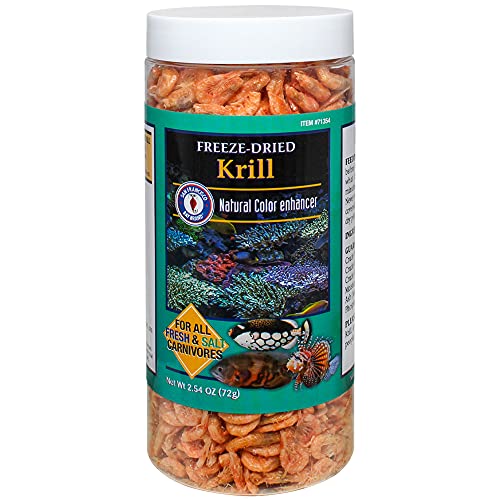Luis Delgado
New member
Hello Guys!
Nice to be here with you
I'd like to discuss some aspects of calcium reactor design with you.
As we know, a reactor media is dissolved by the presence of carbonic acid (H2CO3) in saltwater that results form the chemical reaction of water (H2O) with Carbon dioxide (CO2).
But most calcium reactors tend to bet in mixing CO2 bubbles with the media with the help of a circulation pump. This turns to be rather inefficient because these bubbles get stucked in the media and tend to dissolve more slowly into carbonic acid than if they were quickly sucked by the circulation pump to be broken in hundreds of smaller bubbles.
My point is:
would'nt the reactor be more efficient on CO2 usage and effective in leveraging Calcium and KH levels if one would improve CO2 mixing with water, in a separate chamber, to get a lower PH as a result of increasing carbonic acid concentration and, then let this more acid water pass slowly through the all media, as opposed to the current philosophy used by all calcium reactors manufacturers?
Thanks
Luis Delgado
Nice to be here with you
I'd like to discuss some aspects of calcium reactor design with you.
As we know, a reactor media is dissolved by the presence of carbonic acid (H2CO3) in saltwater that results form the chemical reaction of water (H2O) with Carbon dioxide (CO2).
But most calcium reactors tend to bet in mixing CO2 bubbles with the media with the help of a circulation pump. This turns to be rather inefficient because these bubbles get stucked in the media and tend to dissolve more slowly into carbonic acid than if they were quickly sucked by the circulation pump to be broken in hundreds of smaller bubbles.
My point is:
would'nt the reactor be more efficient on CO2 usage and effective in leveraging Calcium and KH levels if one would improve CO2 mixing with water, in a separate chamber, to get a lower PH as a result of increasing carbonic acid concentration and, then let this more acid water pass slowly through the all media, as opposed to the current philosophy used by all calcium reactors manufacturers?
Thanks
Luis Delgado
Last edited:




















![Right Angle Clamp, Housolution [4 PACK] Single Handle 90° Aluminum Alloy Corner Clamp, Right Angle Clip Clamp Tool Woodworking Photo Frame Vise Holder with Adjustable Swing Jaw - Blue](https://m.media-amazon.com/images/I/51sEPlZ6JHL._SL500_.jpg)













































